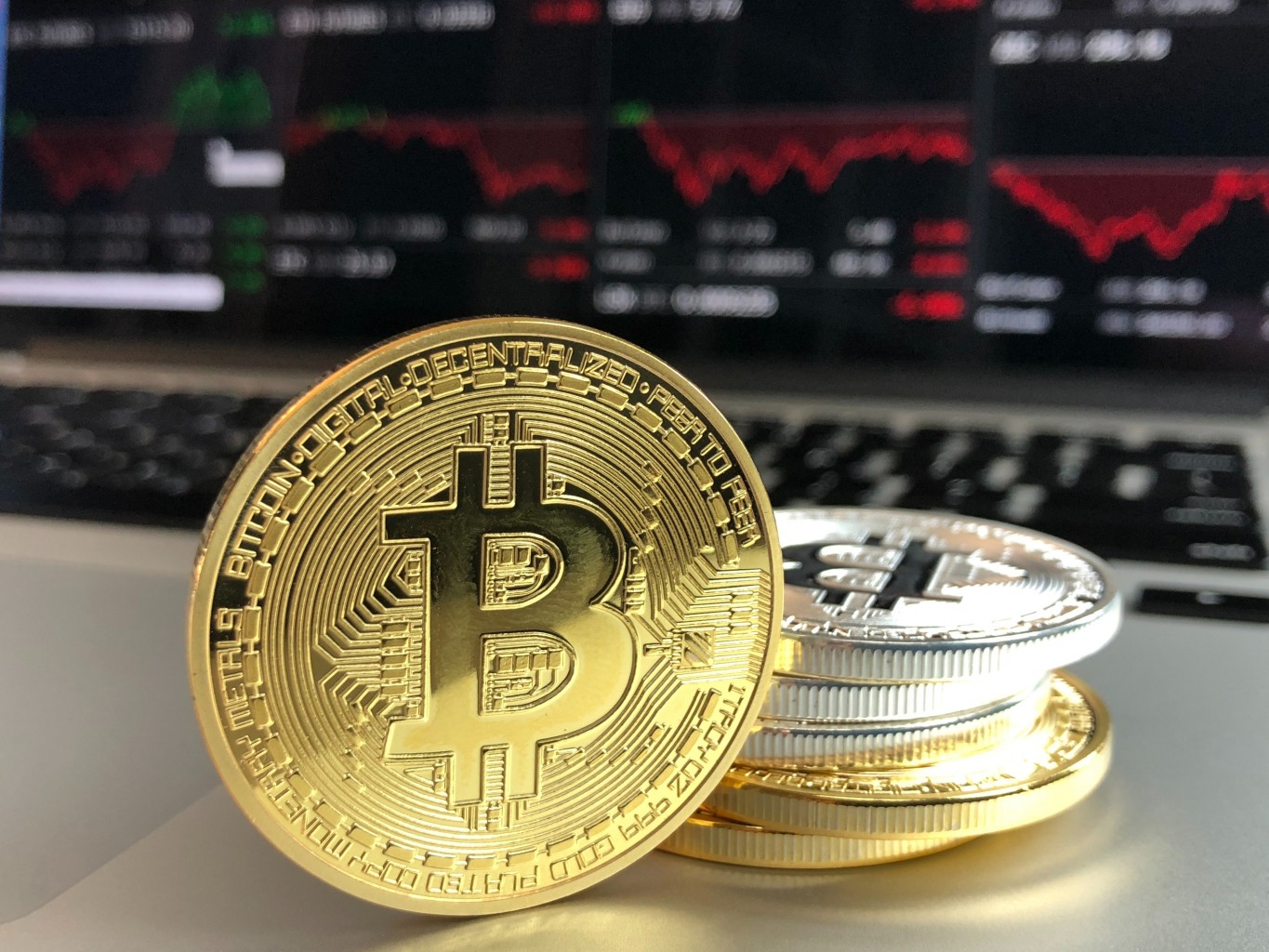In October of 2017, the former biotech company Bioptix Inc. underwent a complete rebranding, taking the new name Riot Blockchain Inc. and turning its attention full-force to the realm of cryptocurrency. Following this change of name and direction, Riot’s stock value skyrocketed to 600%. Since then, the company has invested millions of dollars in acquiring blockchain and bitcoin mining assets, solidifying its position as a contender in the emerging market. Other companies such as TNT Blockchain Inc. and Super Crypto Mining Inc. have completed multi-million dollar licensing and asset purchase agreements in the first quarter of 2018 for blockchain and bitcoin mining machines, showing the continued potential for IP monetization in the space. It would seem that warnings about the “Bitcoin bubble” and cryptocurrency’s recent dip in value have not slowed down the demand for the underpinning intellectual property (IP).
What Are Blockchain and Bitcoin, and How Are They Related?
Although the buzzwords are often thrown around interchangeably, they are in fact two distinct things. Bitcoin, the most well-known of the cryptocurrencies, was developed by the pseudonymous Satoshi Nakamoto in 2008, coming off the backend of the global financial crisis. The idea was to create a digital form of currency unregulated by any government entity that would more easily facilitate online transactions by bypassing third parties. Bitcoin, Ethereum, Ripple, and over a dozen more cryptocurrencies exist outside of government regulation, making them ostensibly immune to bank or government interference and manipulation, but also vulnerable to a host of risks due to the fact that they have no physical backing or guarantor. For this reason, cryptocurrencies are built upon an immutable, digital ledger that is shared across a peer-to-peer network in which each transaction is cryptographically signed and recorded. This ledger is blockchain, and it’s the reason why cryptocurrencies can function.
Mining Cryptocurrencies
Cryptocurrency transactions are ‘mined’, meaning that other network users perform a complex set of computations to establish the validity of the exchange, which is then recorded permanently on the blockchain. Because the blockchain is decentralized and cryptographically secure, cryptocurrency holders can trust that each transaction is legitimate. Each unit of cryptocurrency has a digital trail showing each time it has changed hands, making ownership evident to all users of the blockchain network.
The Business Case for Blockchain
While the nature of Bitcoin and other cryptocurrencies is highly controversial (accusations of Ponzi schemes abound), blockchain has exploded onto the scene as a technology brimming with untapped potential. A digital, tamper-proof database could have a myriad of applications outside of cryptocurrency mining, from facilitating fraud-free online elections to providing transparency in charitable donations. The business sector in particular has begun to warm up to the idea of blockchain once it has been divorced from its cryptocurrency roots. Supply chain management and logistics, for instance, could greatly benefit from blockchain. While billionaire Warren Buffet delivered scathing remarks on the inevitable failure of Bitcoin, Berkshire Hathaway-owned BNSF Railway, one of the biggest freight railroad networks in the United States, joined the Blockchain in Transport Alliance (BiTA) in February of this year. TNT Blockchain Inc., mentioned earlier in this post, completed a licensing agreement last month with ZK International Group Co. Ltd. and XSigma Corporation for the use of its blockchain-based supply chain management technology in the industrial manufacturing industry. In both cases, the use of blockchain could ensure transparency and security in the supply chain. A women’s retailer, for instance, could verify that their garments were produced fair-trade because the blockchain would record the garments’ every movement, all the way back to the factory where they were made.
Benefits of Blockchain
The biggest benefit to blockchain in the business sector and beyond is the sense of trust that it fosters amongst users. The record is unchangeable; every interaction done in the blockchain network will forever be available for other users to see. Even if individuals in the network don’t trust each other, they can trust the blockchain. Unburdened from its associations with cryptocurrency, blockchain could be implemented in industries across the board in an effort to keep up with the ever-growing concern of cybersecurity. The technology is still in its infancy- the first blockchain patent was granted in 2014, three years after the first patent for cryptocurrency- so its full potential may still have yet to be realized. Regardless of the uncertain fate of Bitcoin and its counterparts, the underlying blockchain technology could be revolutionary as businesses and people integrate themselves more fully into the digital world.
Worldwide Bitcoin and Cryptocurrency Application and Grant Patents for Past 20 Years

Contact ktMINE for a demo to see updated product details and functionality
Worldwide Blockchain Application and Grant Patents for Past 10 Years

Contact ktMINE for a demo to see updated product details and functionality





